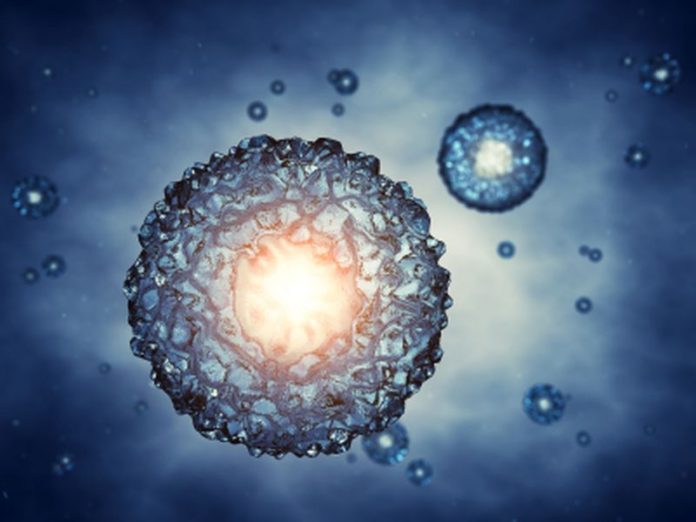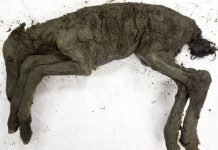LA JOLLA, Calif., Jan. 26, 2017 — It might sound like science fiction, but researchers have successfully used human stem cells to create embryos that are part-human, part-pig.
Scientists said the long-range goal is to better understand and treat an array of human diseases.
The researchers hope to ultimately cultivate human tissue that can be given to patients awaiting transplants.
But that’s a long way off, said Jun Wu, who worked on the research.
“This study is reporting an important first step,” said Wu, a staff scientist at the Salk Institute, in La Jolla, Calif.
That step, specifically, was to insert human stem cells into pig embryos. Weeks later, some of the embryos showed signs that the human cells were beginning to mature and turn into “tissue precursors.”
Such embryos are known as chimeras, and they are controversial.
In 2015, the U.S. National Institutes of Health declared a moratorium on funding chimera research while officials assessed the ethical issues that the work raises. Last year, the agency proposed changes to that policy — though, it said, certain restrictions would still apply.
What are the ethical concerns?
For one, aspects of the technology make some people uneasy, said Jason Robert, a bioethicist at Arizona State University.
Before human stem cells are inserted, the animal embryos undergo “gene editing.” That capability — altering the genes of an embryo — raises red flags for some, Robert said.
And then there are the chimeras themselves. Some critics, Robert said, object on the basis of “human dignity” — arguing that transferring human characteristics to animals could denigrate what it means to be human.
Other concerns are less philosophical. Human stem cells can, in theory, grow into any mature tissue. So, some ask, what if the cells formed human sperm or eggs in the pig, or another animal?
Robert mentioned another issue some have raised. Could the stem cells get into the brain of a developing animal and endow it with human-like mental abilities or consciousness?
To Robert, that worry is a “peculiar” one. But he said the bigger point — that human stem cells are powerful, and research needs to proceed cautiously — is well taken.
“This has to be a slow road,” Robert said. And he praised the new research for its execution.
“These are incredibly careful scientists trying to do good work,” Robert said.
Wu and his colleagues detail the work in the Jan. 26 online issue of the journal Cell.
First, the researchers experimented with mouse-rat chimeras. They used gene-editing technology to alter mouse embryos — deleting some genes that are critical for the development of a particular organ, such as the heart, pancreas or eyes. The scientists then inserted rat stem cells into the embryos, to see if they would fill the developmental gap.
The resulting chimeric embryos were then implanted into surrogate mouse mothers, where they matured normally, the researchers found. And the rat cells did grow into mature organs.
That offers a “proof-of-principle,” Wu said. Achieving the same feat with human stem cells, and a larger animal, is another story, however.
Wu said his team chose to work with pig embryos because pig organs are similar in size to humans’. They also used adult human stem cells called induced pluripotent stem cells.
After the pig embryos were injected with stem cells, the researchers implanted them in sows. The investigators allowed the embryos to mature for only four weeks before removing and studying them.
According to Wu, some embryos showed signs that the human stem cells were beginning to mature and form precursors to tissue.
But, he said, the actual “contribution” of human cells to the organism was low, and that’s a hurdle that will have to be overcome.
Wu said scientists envision using human-animal chimeras in several ways.
Researchers have long used lab animals to study human diseases and test possible treatments — by, for example, growing human tumor cells in mice.
But actually creating lab animals that have human tissue could prove to be a better way, Wu said.
Then there’s the prospect of using animals as “hosts” to grow human organs for transplant purposes.
“We’re nowhere near that yet,” Wu stressed. No one knows, for example, how to direct human stem cells to grow into a specific tissue once they are in an animal embryo.
Even if those scientific challenges are overcome, at least some ethical issues will persist. And they relate to both human and animal welfare.
Some people, Robert said, will balk at the idea of using animals as “incubators” for human organs, for instance.
Others, he said, “will object to this on the grounds that animal experimentation is wrong.”






